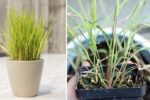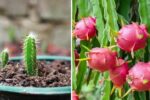Aloe Vera is one of nature’s most resilient and versatile plants. Not only is it known for its medicinal and skincare benefits, but it’s also an excellent choice for balcony gardens, especially if you’re a beginner gardener. With a little care and attention, Aloe Vera can thrive in containers, providing you with a beautiful and useful plant. If you’re ready to turn your balcony into a green sanctuary, here’s a guide on how to create a flourishing Aloe Vera balcony garden in six easy steps.
Understand What Aloe Vera Is
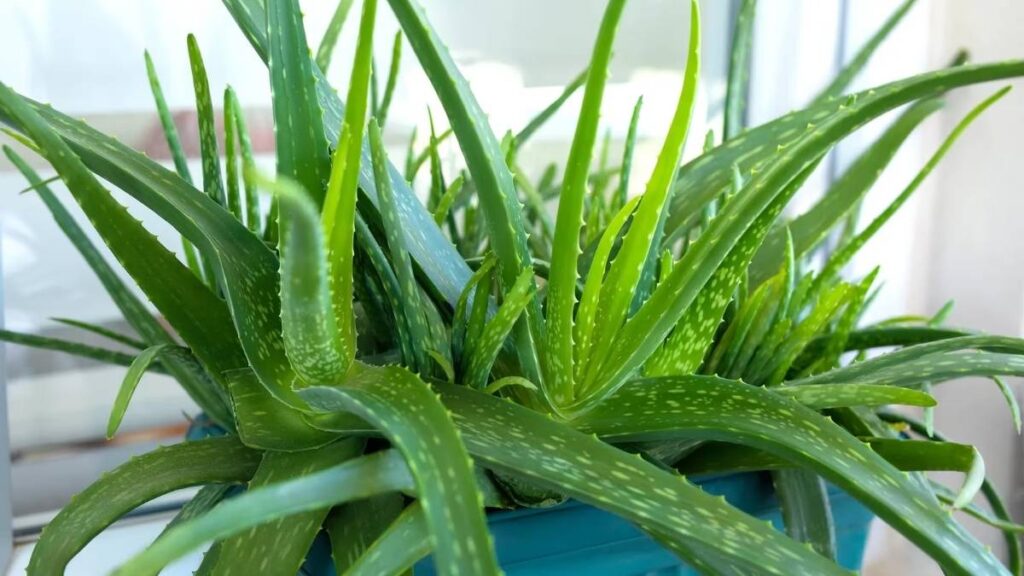
Aloe Vera is a succulent plant species that belongs to the genus Aloe. It’s known for its fleshy, thick leaves that store water, making it highly drought-resistant. This remarkable plant has been used for centuries for its healing properties, especially for treating skin conditions like burns, cuts, and dryness. Aloe Vera gel, found inside the leaves, is packed with vitamins, minerals, amino acids, and antioxidants, making it a popular ingredient in health and beauty products.
Though native to the Arabian Peninsula, Aloe Vera has become a popular indoor and outdoor plant worldwide due to its low-maintenance nature and versatility. In a balcony garden, Aloe Vera not only adds a touch of greenery but also serves as a practical plant, offering natural remedies right at your fingertips.
Choose the Right Container For Aloe Vera
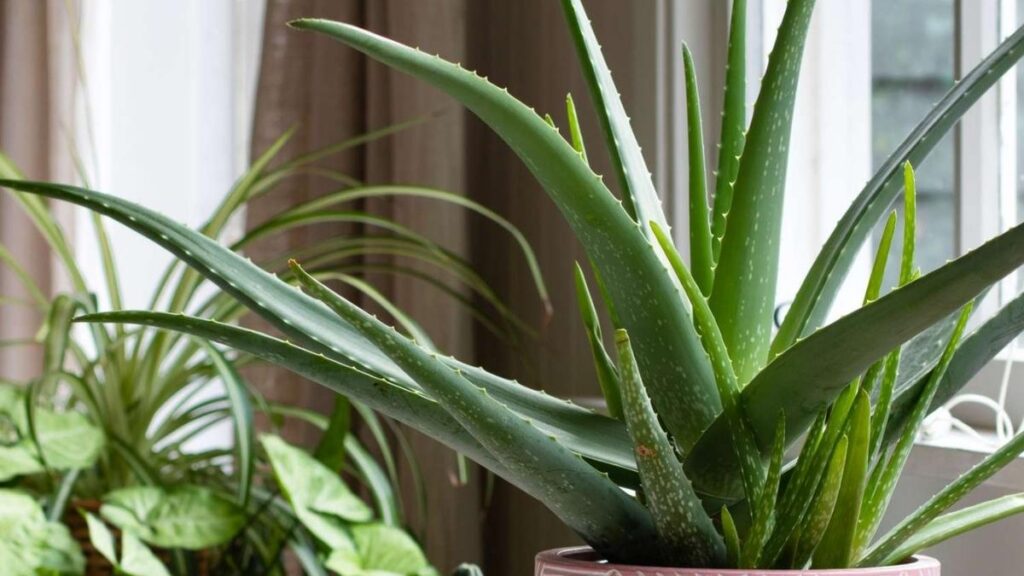
The first step to creating a successful Aloe Vera garden is selecting the right container. Aloe Vera requires a well-draining pot, as the roots are susceptible to rot if they sit in water for too long. Here are some tips for choosing the perfect container:
- Material: Opt for pots made of terracotta or clay, as they allow moisture to evaporate more efficiently, keeping the soil dry.
- Drainage: The pot must have a drainage hole at the bottom to allow excess water to escape and prevent root rot.
- Size: Choose a pot that provides enough space for the plant to grow, but avoid excessively large pots. A medium-sized pot works well for young Aloe Vera plants, and as the plant matures, it may need a larger pot to accommodate its growing roots.
Select the Ideal Soil Mix
Aloe Vera thrives in well-draining soil. For best results, you should use a cactus or succulent mix, as it is designed to drain quickly and prevent water from lingering around the roots. Here are some guidelines for the soil mix:
- Cactus/Succulent Mix: If you can’t find pre-made succulent soil, make your own by mixing:
- 1 part regular potting soil
- 1 part sand
- 1 part perlite or pumice (to improve drainage)
- Avoid Garden Soil: Regular garden soil tends to retain moisture for too long, which can lead to root rot. Aloe Vera plants prefer soil that drains well.
Find the Perfect Spot for Sunlight
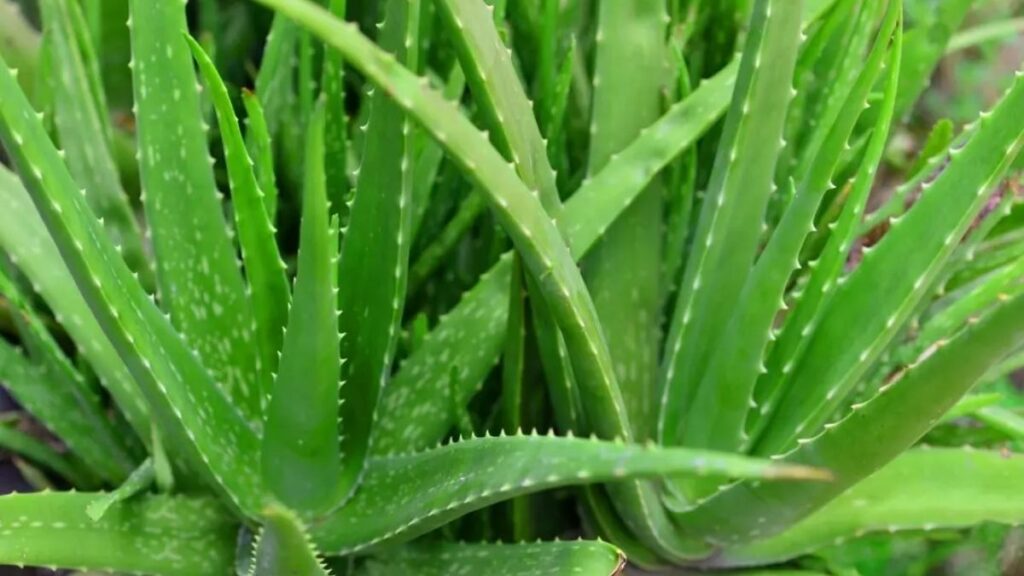
Aloe Vera is a sun-loving plant that requires a lot of bright light to thrive. Here’s how to ensure your plant gets the right amount of sunlight:
- Direct Sunlight: Aloe Vera needs at least 6 hours of direct sunlight each day. A south-facing balcony is usually ideal, but east or west-facing locations work well too.
- Morning Sun: If you live in a region with intense sunlight, it’s better to place your Aloe Vera in a spot that receives morning sun, which is typically gentler.
- Avoid Shade: Aloe Vera does not do well in shaded areas, as this can stunt its growth and lead to leggy, weak plants.
Watering the Aloe Vera Correctly
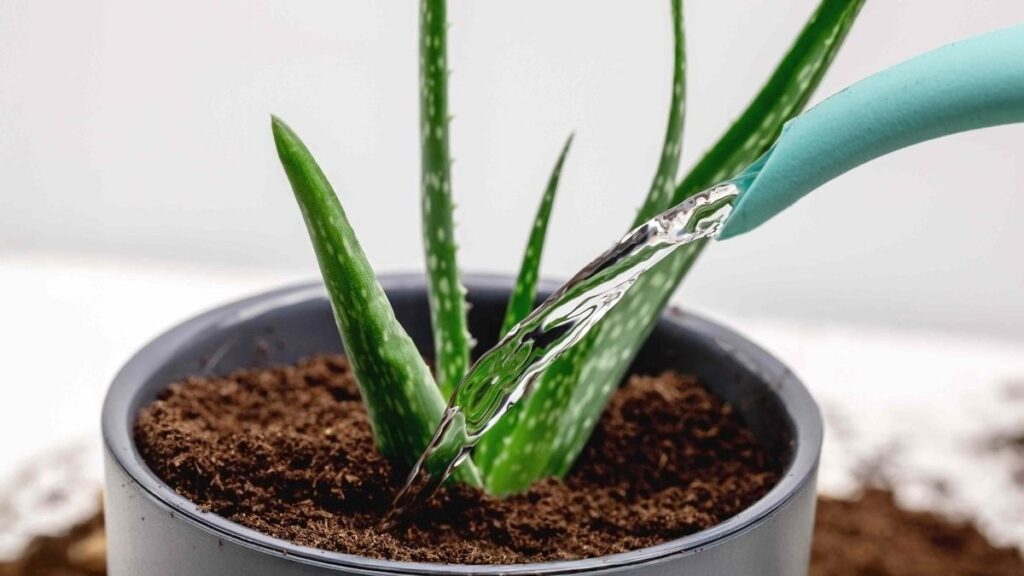
One of the most important factors in growing Aloe Vera is getting the watering routine just right. Aloe Vera is drought-tolerant and doesn’t need frequent watering. Here’s how to water it correctly:
- Water Only When Dry: Water your Aloe Vera only when the soil is completely dry. Stick your finger into the soil if it feels dry, it’s time to water.
- Watering Frequency:
- During warm months (spring and summer), water once every two to three weeks.
- During winter, reduce watering further as the plant is dormant.
- Avoid Wetting the Leaves: Pour water directly into the soil to keep the leaves dry. Wet leaves can lead to rot.
- Ensure Drainage: Always allow excess water to drain from the pot. Never leave the plant sitting in a saucer filled with water.
Fertilize Occasionally
While Aloe Vera doesn’t require frequent fertilization, it can benefit from occasional feeding to support healthy growth. Follow these tips for fertilizing your plant:
- During the Growing Season:
- From spring to fall, feed your Aloe Vera once a month with a balanced, diluted liquid fertilizer.
- Choose a fertilizer with equal parts nitrogen, phosphorus, and potassium (NPK).
- Winter Care: Stop fertilizing in the winter when the plant is dormant.
- Don’t Over-Fertilize: Aloe Vera is sensitive to over-fertilizing, which can lead to weak, leggy growth. Stick to a monthly feeding schedule.
Maintain and Care for Your Aloe Vera Plant
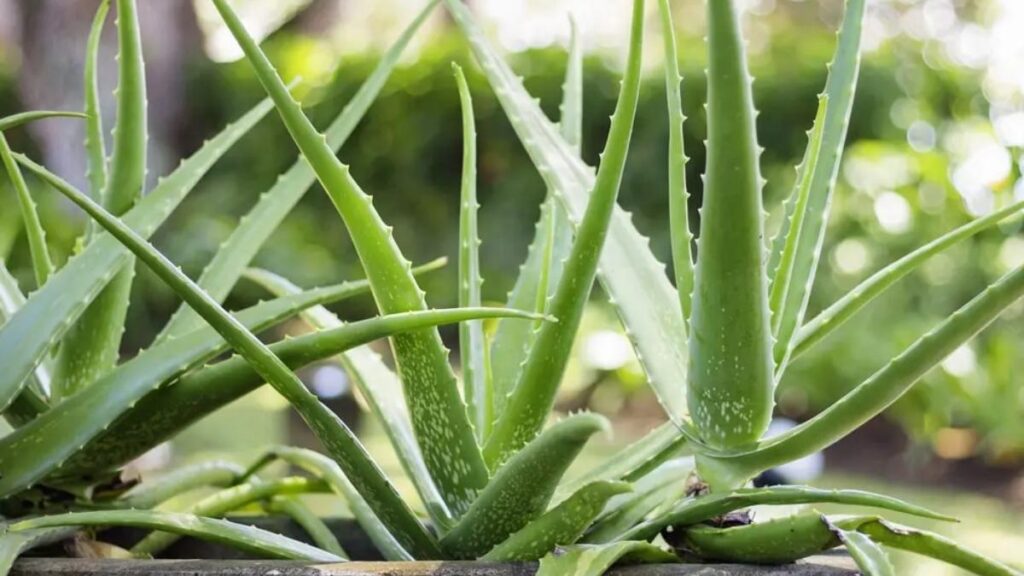
Regular maintenance is essential to keeping your Aloe Vera plant healthy and thriving. Here are some tasks to keep in mind:
- Pruning and Cleaning:
- Remove dead or damaged leaves regularly. This helps the plant focus energy on new growth.
- Clean the leaves gently with a soft, damp cloth to remove dust and promote better light absorption.
- Repotting:
- If your Aloe Vera outgrows its pot, repot it into a slightly larger one. Choose a pot that is 1-2 inches larger in diameter than the current one.
- Ensure the new pot has adequate drainage holes.
- Pest Control:
- Aloe Vera is generally pest-resistant, but it may occasionally attract mealybugs or aphids.
- Treat small pest infestations with a mild insecticidal soap or a homemade solution of water and dish soap.
- Avoid harsh chemicals that can damage the plant.
- Winter Care:
- Aloe Vera does not tolerate frost. If you live in a region with cold winters, bring your plant inside when temperatures drop below 50°F (10°C).
- Place it near a bright window to ensure it still gets plenty of sunlight.
Conclusion
Creating a thriving Aloe Vera balcony garden is not only a rewarding experience but also a great way to add greenery to your outdoor space. By following these six simple steps choosing the right container, selecting the proper soil, providing ample sunlight, watering correctly, fertilizing occasionally, and maintaining the plant you’ll be able to grow a healthy and vibrant Aloe Vera plant in no time.
Whether you’re using it for its healing properties or simply enjoying its striking, succulent appearance, Aloe Vera is a wonderful addition to any balcony garden. With minimal care and the right environment, your Aloe Vera plant will thrive, offering you both beauty and utility for years to come.


